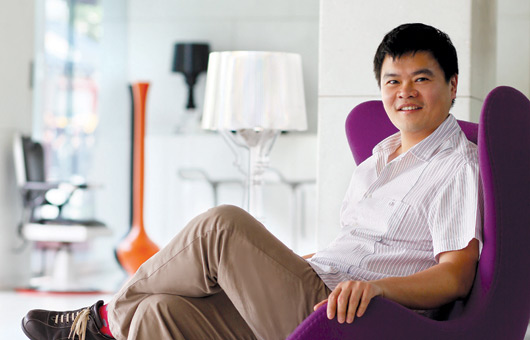Loh Lik Peng is in the lobby of New Majestic Hotel talking about chairs. The 36-year-old’s favourite designers include Hans Wegner and Finn Juhl, and he also has a fascination for barber chairs, which appear in most of his properties.
Credited for putting boutique hotels in Singapore on the map, the former lawyer started out with Hotel 1929 in 2003. This was followed by New Majestic and most recently in 2010, Town Hall Hotel and Apartments in London, The Waterhouse at South Bund in Shanghai, and Wanderlust in Singapore.
Lik Peng’s passion lies in restoring old relics to their former glory. Here he tells us why.
What’s your fascination with old buildings?
Often it’s the layers of history. For example, with New Majestic, finding this old ceiling. This was the original ceiling and the last unrestored bit of the building. And this was the bit that appealed most to me in many ways, because you can see the scars it has had to bear in its 90-odd years of life.
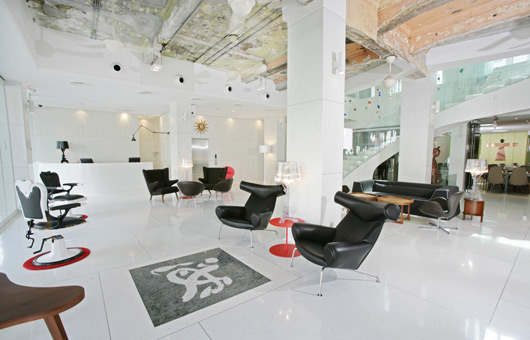
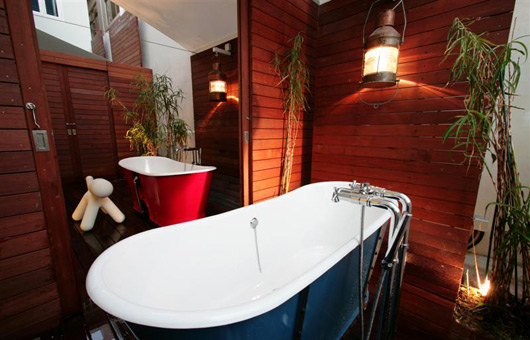
What gives you the greatest satisfaction in your work?
I would say restoring old buildings. Town Hall, for example, was very satisfying given that I knew how old the building was and how long it had been sitting there. And by the time I took it over it was literally falling apart. So having the opportunity to restore a building like that and knowing that it will be sound for the next hundred years, I think for me that was very rewarding.

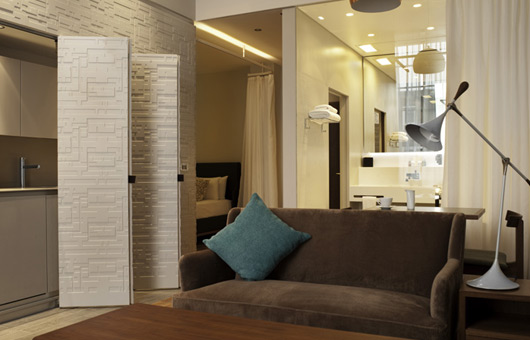
Tell us also about Wanderlust in Singapore’s Little India and Waterhouse in Shanghai.
I’d been looking for a project in Little India for awhile. I realised it was such an interesting ethnic enclave, but there weren’t really any nice hotels there.


The building was perfect for a little boutique hotel in a way – a nice glass lift in the middle with a big air well, lots of windows. It was an interesting building, because obviously it was built as a school, so it’s not a typical shophouse; it’s one unitary block. So Wanderlust came about and in many ways it draws from the kind of chaos of Little India. And I love that chaos.
Waterhouse is in the old industrial area of Shanghai where the docks used to be. This building was to me when I first looked at it, a large big void. The roof had started to collapse. So it was interesting because you could see the bones and scale of the building. I also loved the fact that it had all this dirt and crumbling bricks which we tried to keep as much of as possible.
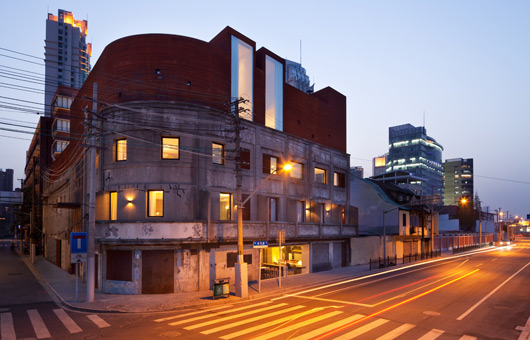

There has been a mushrooming of boutique hotels here in recent years. Where do you see the future of boutique hotels in Singapore?
I think there’s still a lot of potential. It’s still very fragmented. So long as people do interesting things, original things, I think there’s definitely a lot more potential for the market to grow.
Recent projects:
Wanderlust
wanderlusthotel.com
Waterhouse at South Bund
waterhouseshanghai.com
Town Hall Hotel & Apartments
townhallhotel.com

